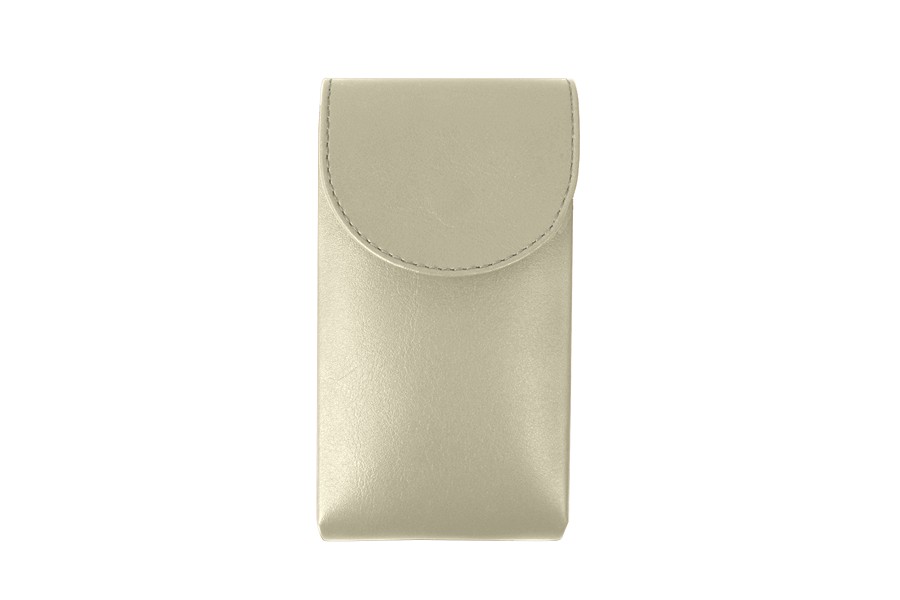
The attacker then either pulls straight back on the chin or wrenches it to the side.Ī maneuver similar to a neck wrench where the wrestler faces a bent-over opponent.

The wrestler then reaches forwards and applies a chinlock as in a standard camel clutch, leaning backwards to apply pressure to the upper back and arm.Īlso known as a rear chinlock, the attacking wrestler crouches down behind a sitting opponent and places their knee into the opponent's upper back, then reaches forward and grasps the opponent's chin with both hands. The wrestler will then sandwich the arm between their own leg and the side of the opponent's body. The wrestler then grabs one of the opponent's arms in a stepover armlock, turning 360° so the opponent's arm is bent around the leg of the attacking wrestler. The attacking wrestler stands over a face-down opponent, facing the same direction. The wrestler first hooks each of the opponent's legs underneath their own armpits as if performing a reverse Boston crab, then reaches down and underneath the opponent's chin with both hands, applying a chinlock, and finally leaning back to pull up the opponent's head and neck.Īnother version of the move is similar to a wheelbarrow facebuster, but instead illegally pulls the hair of the opponent while leaning back to pull up the opponent's head and neck. Big Show uses a kneeling variation of this move called the Colossal Clutch. A rolling variation of the camel clutch is also used, with this variation popularized by Maryse Ouellet, dubbed French Pain. WWE wrestler Veer Mahaan uses this move as a finisher calling it the Cervical Clutch. Another version of this move sees the wrestler standing over the opponent who's face-down reaches for and places the opponent's nearest arm around the wrestler's far waist before applying the hold. His nephew Bron Breakker has also used the standing version as well. A standing variation of the camel clutch is also used, with this variation popularized by Scott Steiner in the late 1990s as he used it as his finisher, dubbed the Steiner Recliner. Miro performs a variation he calls Game Over, where he stomps on his opponent's back before applying the hold, this move was previously called The Accolade when Miro was Rusev in the WWE. The move was invented by Gory Guerrero in Mexico, where it was called la de a caballo (horse-mounting choke), but got its more common name from Ed Farhat, who wrestled as "The Sheik" and used it as his finisher. A camel clutch can also refer simply to a rear chinlock while seated on the back of an opponent, without placing the arms on the thighs. The wrestler then reaches forward, cups their hands with their fingers interlocking, grab the opponent's chin in their cupped hands, and lean back, pulling on the opponent's chin and applying pressure to their back. The wrestler reaches down to pull the opposing wrestler up slightly, sits on the opponent's back, and places both of the opponent's arms across their thighs, usually locking at least one by placing the arm in the crook of their knee. The wrestler begins the hold by standing over a face-down opponent.

Tajiri applying a camel clutch to Rene Bonaparte Head, face, chin, and shoulder stretches Camel clutch Likewise, chokes are usually not applied to the point where they cut off the oxygen supply to the opponent's brain. In public performance, for safety's sake, stretches are usually not performed to the point where the opponent must submit or risk injury. Chokes, although not in general stress positions like the other stretches, are usually grouped with stretches as they serve the same tactical purposes. Many of these holds, when applied vigorously, stretch the opponent's muscles or twist their joints uncomfortably, hence the name.
#Off white key holder free#
Stretches are usually employed to weaken an opponent or to force them to submit, either vocally or by tapping out: slapping the mat, floor, or opponent with a free hand three times.
#Off white key holder professional#


 0 kommentar(er)
0 kommentar(er)
